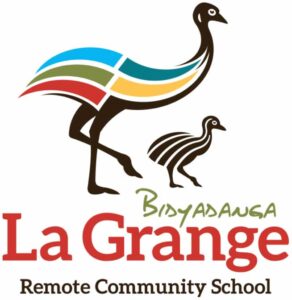What is “calm breathing”?
Calm breathing is a technique that teaches your child to slow down his or her breathing when feeling stressed or anxious.
Why is calm breathing important?
When your child is feeling anxious, his or her breathing will change. When we are anxious, we tend to take short, quick, shallow breaths or even hyperventilate.
This type of anxious breathing can actually make the feeling of anxiety worse! Doing calm breathing can help lower your child’s anxiety, and give him or her a sense of control. We activate our Parasympathetic Nervous System with this breath. Calm breathing is a great portable tool that your child (and even you!) can use when feeling anxious, especially in situations when you are not there to help him or her through it.
How?
Step 1: Explaining calm breathing to your child
This is a tool your child can use anywhere, anytime! Other people will probably not even notice when your child is using this tool. For older children and teens, explain that taking short quick breaths actually increases other feelings of anxiety (e.g. heart racing, dizziness, or headaches). Calm breathing will slow down his or her breathing.
Step 2: Teaching the calm breathing technique
Take a slow breath in through the nose (for about 4 seconds)Hold your breath for 1 or 2 secondsExhale slowly through the mouth (over about 4 seconds)Wait 2-3 seconds before taking another breath (5-7 seconds for teenagers)Repeat for at least 5 to 10 breaths
Calm Breathing for Younger Children: Bubble Blowing
A fun way to teach your younger child how to do calm breathing is the “bubble blowing” technique. Using a toy soap bubble container and wand (available at any toy store), have your child practice blowing bubbles. The breathing required for blowing soap bubbles is the same as what is used for calm breathing. Simply make sure your child waits a second or two before blowing another bubble. Then practice “blowing bubbles” without a bubble wand.
Important Hint: Although “bubble blowing” is a great way to practice calm breathing, it is important to remind your child that he or she is doing this to learn how to breathe calmly. In other words, do not simply ask your child to blow bubbles without explaining this tool is used to help to manage anxiety. Here’s a script of how to introduce bubble blowing to your young child
Talking about bubble blowing
“Today we are going to practice a new skill called calm breathing. This will be a new tool that you can use when you feel anxious, such as when you are at school. When you use calm breathing, you take slow breaths. A good way to practice it is to do some bubble blowing, because you have to take a slow, deep breath to make a big bubble, and you have to blow the bubble really slowly or it will pop! So let’s practice. Take a slow, deep breath in, hold it for a second, and then slowly blow some bubbles. Good job! Now let’s try that again.”
For Older Children and Teens: Belly Breathing
Since calm breathing involves taking slow, controlled breaths from the diaphragm, another way to explain this technique is to present it as “belly breathing”. The steps for this exercise are as follows:
Inhale slowly for 4 seconds through the nose. Ask your child to pretend that he or she is blowing up a balloon in the belly, so your child’s belly should inflate when inhaling.Wait 2 seconds, and then slowly exhale through the mouth. Ask your child to pretend that he or she is emptying the balloon of air, so the tummy should deflate.Wait 2 seconds, and then repeat.
Helpful Hint: When belly breathing, make sure your child’s upper body (shoulders and chest area) is fairly relaxed and still. Only the belly should be moving!
Step 3: Practice, practice, practice!
In order for your child to be able to use this new tool effectively, he or she first needs to be an expert at calm breathing.
The only way to become an expert is to practice this skill daily!
Rules of practice:
Until your child is comfortable with this skill, he or she should practice it at least twice a day, doing 10 calm breaths in a row.When you are practicing calm breathing, start when your child is relaxed, before he or she is feeling anxious. Your child needs to be comfortable breathing this way when feeling calm!Once your child is comfortable with this technique, he or she can start using it in situations that cause anxiety.
As a final note…
Integrate these breathing techniques into your daily life:
“I’m feeling a little anxious right now. Maybe I should do some belly breathing!”“I don’t need to worry if I feel scared. I can always do some bubble blowing!”
(Source: Anxiety Canada. Thank you!)
 Especially at the beginning of a new school year little bodies and minds can feel overwhelmed and anxious. In YOGA we learn that we use our breath to calm our minds. Here are a couple of breath, that support calmness, helping to combat anxiety and stress.
Especially at the beginning of a new school year little bodies and minds can feel overwhelmed and anxious. In YOGA we learn that we use our breath to calm our minds. Here are a couple of breath, that support calmness, helping to combat anxiety and stress.









